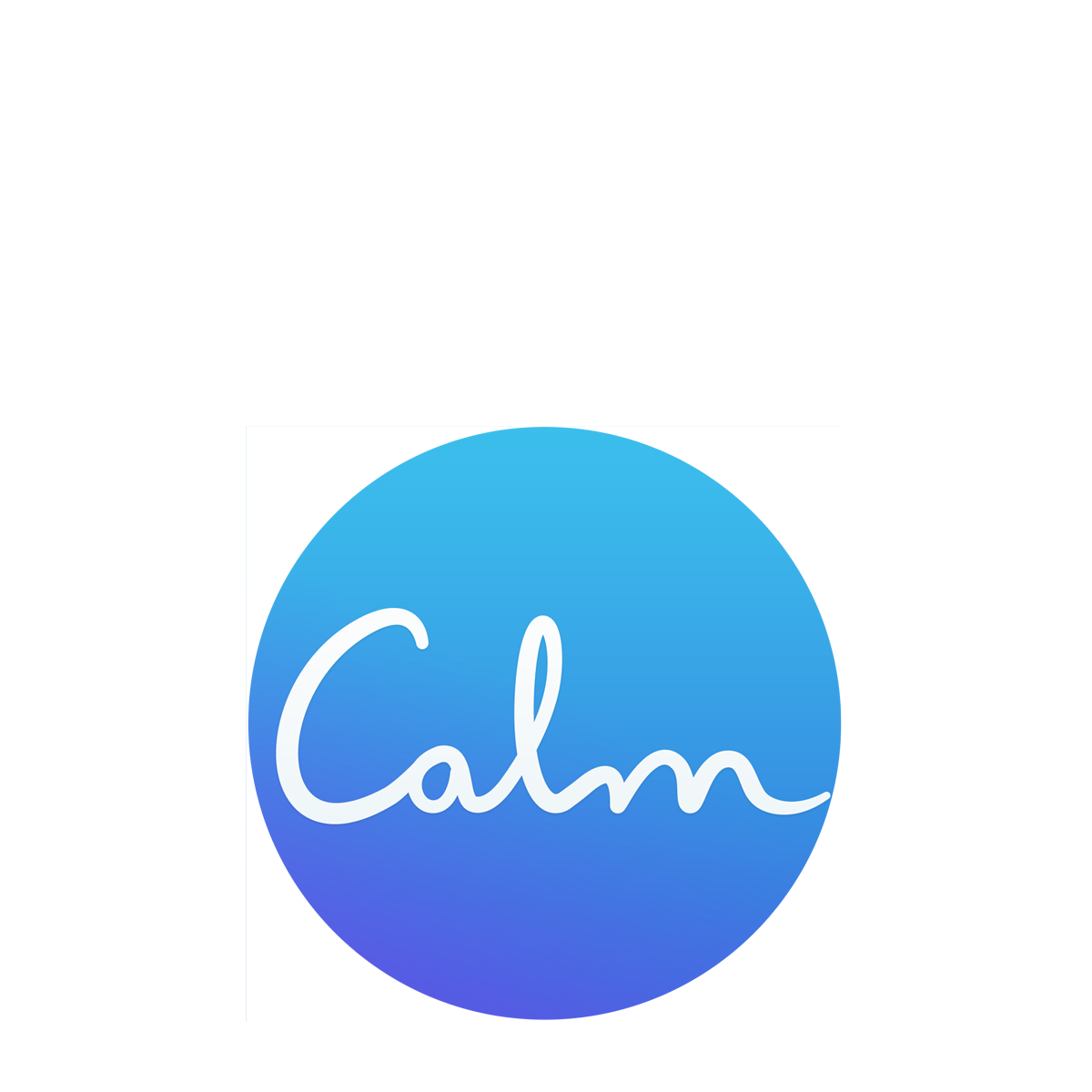How to embrace your fears
Of all the four-letter words, “fear” might be the one that stirs up the greatest reaction. At its most basic level, fear is a natural reaction triggered in the amygdala in the brain to keep us safe—it’s why your “flight or fight” response fires up when you see an exceptionally large spider. But while fear can help protect us, it can also hinder personal growth, a lesson author Michelle Poler learned during her viral project, “100 Days Without Fear.”
On the new Calm series, The Spark, Michelle discussed how she confronted 100 different fears, ranging from eating oysters to dealing with anxiety around public speaking. Michelle documented the life-changing experiences in her new book, Hello Fears, in which she encourages readers to embrace fear to realize their potential.
Inspired by her transformation, we asked Michelle for her advice on facing fears.
Reimagine Fear
Confronting your fears can be daunting because it forces us to acknowledge the things that make us most uncomfortable, whether that’s petting a large dog or recognizing our mortality. For some, even the thought of facing our fears is enough to trigger an emotional or physical response. Figuring out why you want to embrace fear can help make the process easier, Michelle says.
“My ‘why’ was to become a braver person, not only for myself but also for my family and my future kids,” Michelle explains. “I wanted to become a mom in the future, and I was like, ‘I need the tools and the right mindset to be the best mom that I can.’ I had this huge purpose in mind, and when I identified that I knew my project was going to be successful.”
Secondly, it helps to reframe how we view fear. Instead of thinking of fear as something that needs to be conquered and eliminated, think of it as something that can help you grow.
“People assume that in order to tackle a fear or feel braver, you need to become fearless, have no fears,” Michelle says. But you can’t get rid of fear—it’s wired into our neurological systems. It’s how we “work with our fears” that will define who we are, Michelle adds.
Another perspective, she offers, is asking not what you have to lose by facing your fears, but what you have to gain. “The question I would ask people is what’s the best that can happen if you do that, if you take that risk, because when we’re about to face a fear, we forget about the best-case scenario,” she says. Trust in your intentions and remind yourself that discomfort is a fleeting feeling; the rewards, on the other hand, will last us a lifetime.
Michelle Poler
Jump In
You know the potential benefits. But getting started on your own journey—whether it’s defined as a 100-day project or a more gradual part of your evolution—isn’t always easy. Don’t think about it too much, though.
“Start before you’re ready,” Michelle says. “It’s okay to not have everything figured out the first day.” You will evolve throughout the process, uncovering new strengths as you get to know yourself better. Lean into these exciting discoveries.
It’s also important to remember that there’s no one “right” way to embrace your fears. (Sorry if you were looking for a blueprint.) What works for someone else might not work for you, and that’s okay. Find what suits you and stick with it.
Turn Obstacles into Opportunities
Facing your fears might have to look a little differently these days. The pandemic has limited what many of us are capable of doing. Don’t let this deter you.
“I think of limitations sometimes as portals to creativity,” Michelle says. “If you’ve been living in your space for the past few months without leaving, what are some things you’re overlooking?”
If all of your fears involve riding roller coasters or crowd surfing, you can shift your focus. Michelle says one friend challenged herself to call someone new every day. Another person decided to upload short animations online; her work was so impressive that Michelle hired her for a few projects.
Form a Support System
“I know this is a personal project, but don’t keep this to yourself and feel like you have to do everything on your own,” Michelle says.
Sharing your progress with friends and family can hold you accountable, help identify new areas of growth, and even inspire them to embrace their own fears. To this day, Michelle says that some of her biggest supporters are the people she enlisted for help from the get-go.
Go Easy On Yourself
Facing your fears is a lifelong mission. There will be times when you just don’t feel like you can muster up the strength or courage. It’s essential to “be flexible with this and don’t be so hard on yourself,” Michelle says. Just “make sure to always come back to it” and remind yourself of your intentions, she adds.
Celebrate Successes
Finally, Michelle says to make sure to recognize milestones. Setting up a reward system is a great way to honor your achievements while also motivating you to keep going. Is there any better excuse to purchase that book you’ve been eyeing (Hello Fears, perhaps?) or make your favorite dessert than self-improvement? We didn’t think so.
Want more wisdom? Tune into The Spark on Calm!
Calm your mind. Change your life.
Mental health is hard. Getting support doesn't have to be. The Calm app puts the tools to feel better in your back pocket, with personalized content to manage stress and anxiety, get better sleep, and feel more present in your life.











